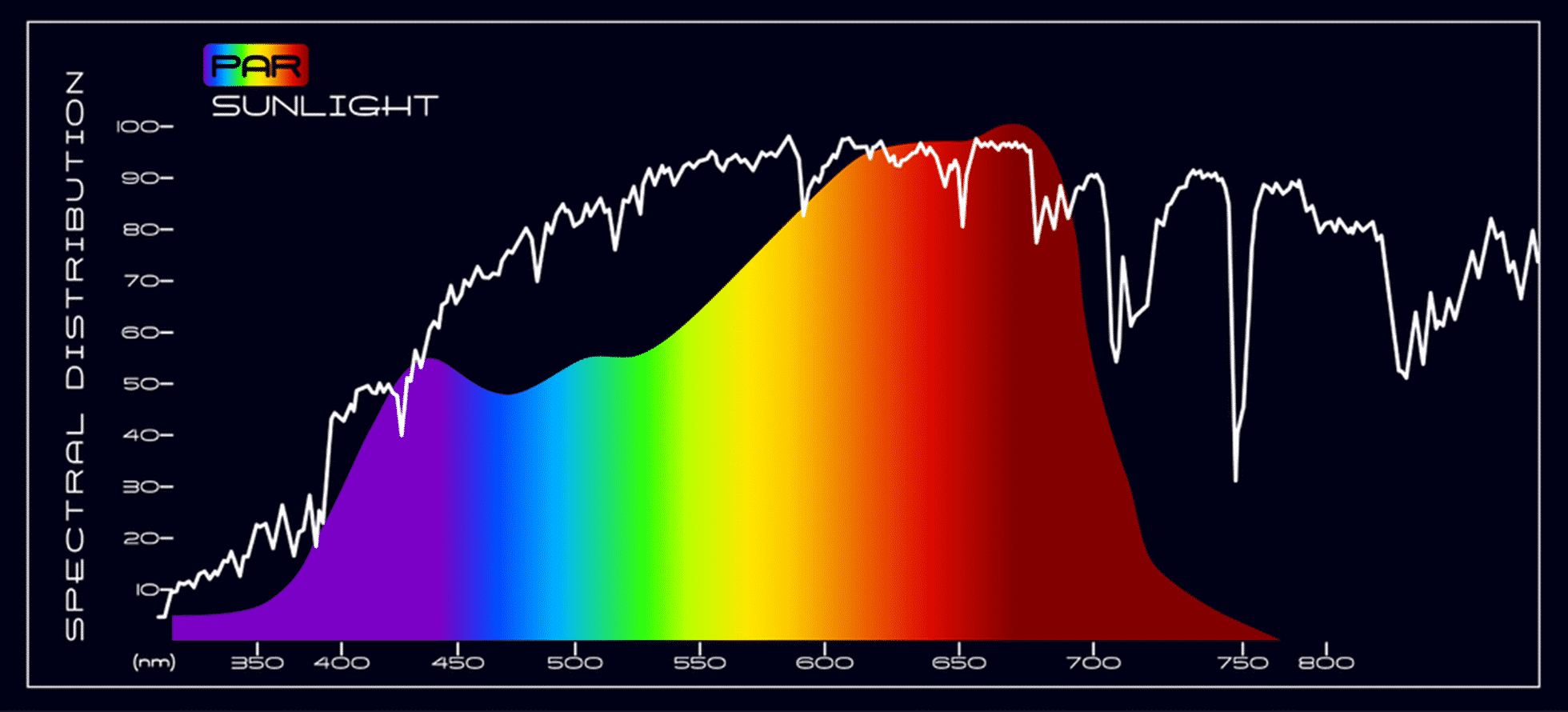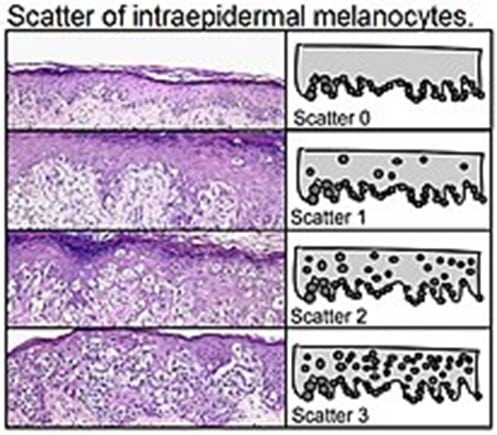LED (light emitting diodes) technology has been used in medicine for over 60 years. The technology is composed of a semiconductor light source that emits light when current flows through it. The technology is able to produce a broad range of lights that travel at different wavelengths. The most commonly used colors are purple, blue, green, yellow amber, red and infrared.

In the 1970s, NASA used LED light in a plant growth experiment and discovered that it could enhance cell growth. Scientists then began exploring the benefits of LED light for cosmetic applications. They found that it was able to rejuvenate the skin by providing the cells with the fuel it needs to function (known as mitochondria) and increase collagen production. Over the years the aesthetic benefits of each LED light have been explored and today they are used to treat a wide variety of conditions- from anti-aging to acne and skin whitening.
When it comes to skin whitening, the most effective LED therapy is green light. Green light emits energy in the range of 495-570 nm and has been shown to reduce hyperpigmentation and sun damage. Hyperpigmentation occurs when the body produces too much pigment. For example, when the skin is exposed to UV rays, the body produces excess amounts of pigmentation, also known as melanin, to absorb the UV rays and limit damage to other parts of the skin.
Green LED Light
The green light performs two actions simultaneously. First, it targets the melanocytes. Melanocytes are the cells in the skin responsible for producing pigment. They are located in the deepest layer of the epidermis and as seen in the table below, the pigment slowly travels upwards until it reaches the surface of the skin. The green light reaches the melanocytes and curbs the production of melanin. This in turn limits the amount of pigment that reaches the skin’s surface.

In parallel, the green light slowly breaks down pigmentation on the skin’s surface. In this way, it is able to clear away different dark spots such freckles, age spots, red and or brown skin patches. The dark spots scab and then naturally fall. As soon as they do, a whiter and brighter skin tone emerges.
Many people prefer LED light therapy over laser therapy since it is gentler. While the results are not as immediate as laser treatments, there skin does not undergo any thermal damage and therefore there is no downtime or risk of scarring. In professional spa settings the LED devices use higher energy levels, but there are also home use devices that enable effective LED skin treatments.
Skin lightening therapies have become an accepted aesthetic treatment in many parts of the world. According to a recent report by the World Health Organization report (WHO), half of the female population in Korea, Malaysia, and the Philippines uses some kind of skin lightening treatment. In India the percentage is even higher, around 60%, and in African countries, the percentage is the highest (in Nigeria for example it is 77%).
High Demand for Skin Lightning
The reason for the high demand in skin whitening has to do with a cultural perception that whiter skin is superior. In Asian countries it communicates a higher social status since upper class women did not have to work outside in the fields. Their skin was not subjected to the harsh sun rays, and they were able to preserve the natural paleness of their skin. Modern East Asian women are constantly bombarded with an array of messages to “get white.” Nearly all facial and body lotions sold in China and Taiwan contain chemicals that lighten the skin. These skin-whitening creams, known as 美白 (pin ying: mei bai), are popular cosmetic products used by “Culturally Chinese” women to achieve the socially constructed notion of beauty.